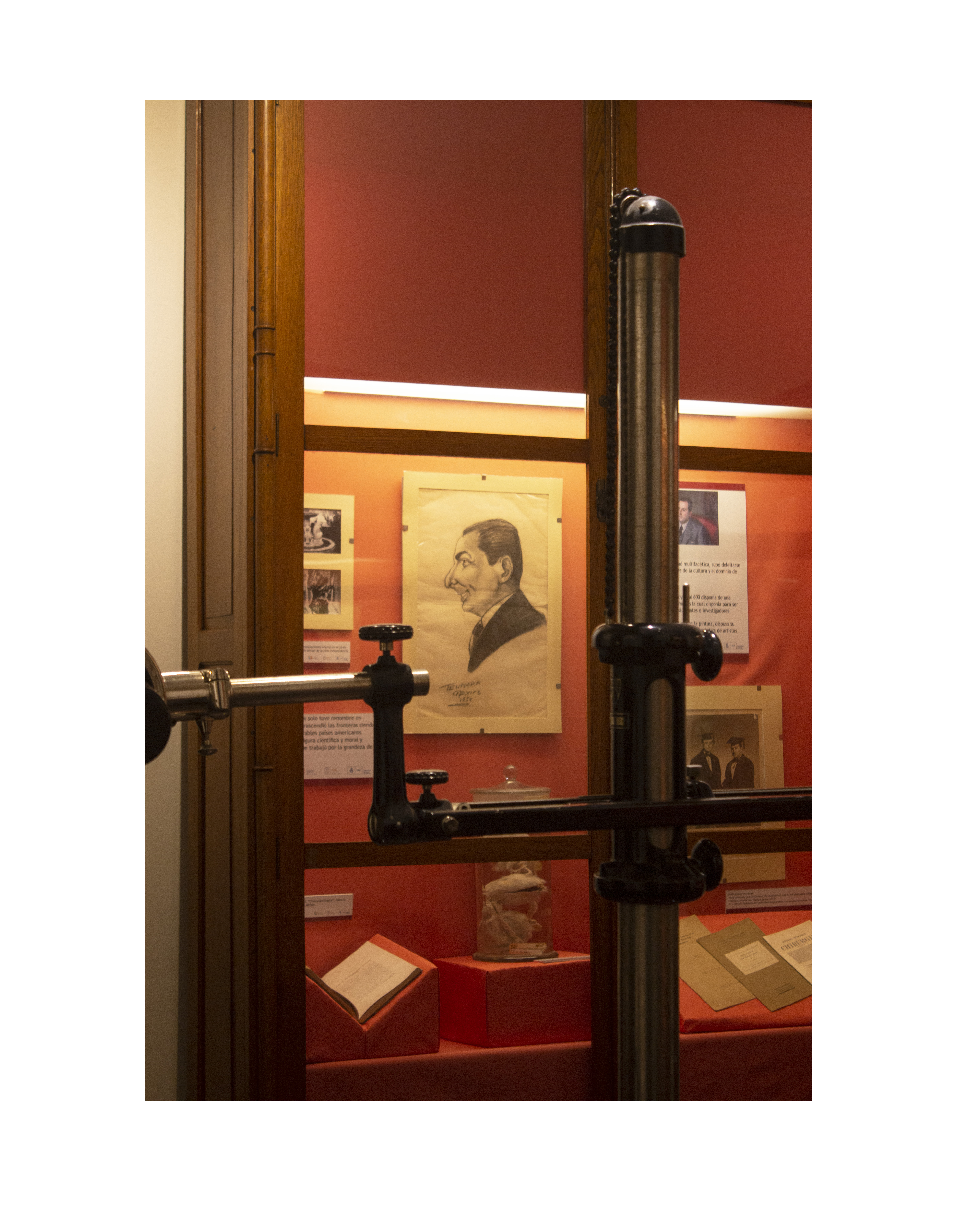Primary neuroendocrine tumor of the common bile duct
DOI:
https://doi.org/10.31053/1853.0605.v80.n2.40368Keywords:
bile duct neoplasms, neuroendocrine tumors, Anti-Ki67Abstract
Primary neuroendocrine tumors (NETs) of the bile duct are extremely rare and represent only 0.2-2% of all gastrointestinal NETs. Within the biliary system, the main bile duct is the most affected site. A 28-year-old man with a 6-month history of intermittent jaundice, pruritus, and choluria. MRCP, PET-CT and endoscopic ultrasound were performed. A well-differentiated neuroendocrine neoplasia was diagnosed. Complete resection of the main bile duct was performed with lymphadenectomy of the hepatic pedicle with Roux-en-Y hepaticojejunostomy, without complications. The patient had an adequate evolution and nowadays he’s disease-free. Primary neuroendocrine tumors of the bile duct are extremely rare. They may present clinically and radiologically similar to perihilar cholangiocarcinoma, which makes preoperative diagnosis difficult. Radical resection is indicated. Usually, they are well differentiated tumors, being the Ki-67 labeling index a reliable prognostic marker.
References
1. Modlin IM, Lye KD, Kidd M. A 5-decade analysis of 13,715 carcinoid tumors. Cancer. 2003 Feb 15;97(4):934-59. doi: 10.1002/cncr.11105.
2. Chamberlain RS, Blumgart LH. Carcinoid tumors of the extrahepatic bile duct. A rare cause of malignant biliary obstruction. Cancer. 1999 Nov 15;86(10):1959-65.
3. Agha RA, Fowler AJ, Saeta A, Barai I, Rajmohan S, Orgill DP; SCARE Group. The SCARE Statement: Consensus-based surgical case report guidelines. Int J Surg. 2016 Oct;34:180-186. doi: 10.1016/j.ijsu.2016.08.014. Epub 2016 Sep 7. Erratum in: Int J Surg. 2016 Dec;36(Pt A):396. Erratum in: Int J Surg. 2017 Nov;47:151.
4. Oshiro Y, Gen R, Hashimoto S, Oda T, Sato T, Ohkohchi N. Neuroendocrine carcinoma of the extrahepatic bile duct: A case report. World J Gastroenterol. 2016 Aug 14;22(30):6960-4. doi: 10.3748/wjg.v22.i30.6960.
5. Abe T, Nirei A, Suzuki N, Todate Y, Azami A, Waragai M, Sato A, Takano Y, Nishino N, Sakuma H, Teranishi Y. Neuroendocrine tumor of the extrahepatic bile duct: A case report. Int J Surg Case Rep. 2017;40:6-9. doi: 10.1016/j.ijscr.2017.09.001.
6. Michalopoulos N, Papavramidis TS, Karayannopoulou G, Pliakos I, Papavramidis ST, Kanellos I. Neuroendocrine tumors of extrahepatic biliary tract. Pathol Oncol Res. 2014 Oct;20(4):765-75. doi: 10.1007/s12253-014-9808-
7. Adsay V. Ki67 labeling index in neuroendocrine tumors of the gastrointestinal and pancreatobiliary tract: to count or not to count is not the question, but rather how to count. Am J Surg Pathol. 2012 Dec;36(12):1743-6. doi: 10.1097/PAS.0b013e318272ff77.
8. La Rosa S, Klersy C, Uccella S, Dainese L, Albarello L, Sonzogni A, Doglioni C, Capella C, Solcia E. Improved histologic and clinicopathologic criteria for prognostic evaluation of pancreatic endocrine tumors. Hum Pathol. 2009 Jan;40(1):30-40. doi: 10.1016/j.humpath.2008.06.005.
9. Reid MD, Bagci P, Ohike N, Saka B, Erbarut Seven I, Dursun N, Balci S, Gucer H, Jang KT, Tajiri T, Basturk O, Kong SY, Goodman M, Akkas G, Adsay V. Calculation of the Ki67 index in pancreatic neuroendocrine tumors: a comparative analysis of four counting methodologies. Mod Pathol. 2016 Jan;29(1):93. doi: 10.1038/modpathol.2015.124. Erratum for: Mod Pathol. 2015 May;28(5):686-94.
10. Albores-Saavedra J, Batich K, Hossain S, Henson DE, Schwartz AM. Carcinoid tumors and small-cell carcinomas of the gallbladder and extrahepatic bile ducts: a comparative study based on 221 cases from the Surveillance, Epidemiology, and End Results Program. Ann Diagn Pathol. 2009 Dec;13(6):378-83. doi: 10.1016/j.anndiagpath.2009.08.002.
11. Hosonuma K, Sato K, Honma M, Kashiwabara K, Takahashi H, Takagi H, Mori M. Small-cell carcinoma of the extrahepatic bile duct: a case report and review of the literature. Hepatol Int. 2008 Mar;2(1):129-32. doi: 10.1007/s12072-007-9027-0.
12. Modlin IM, Kidd M, Latich I, Zikusoka MN, Shapiro MD. Current status of gastrointestinal carcinoids. Gastroenterology. 2005 May;128(6):1717-51. doi: 10.1053/j.gastro.2005.03.038.
Downloads
Published
Issue
Section
License
Copyright (c) 2023 Universidad Nacional de Córdoba

This work is licensed under a Creative Commons Attribution-NonCommercial 4.0 International License.
The generation of derivative works is allowed as long as it is not done for commercial purposes. The original work may not be used for commercial purposes.







